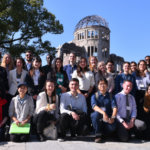The present issue of nuclear weaponsLearn about the present situation – The present issue of nuclear weapons
The number of nuclear weapons, which grow to approximately 70,000 at the peak of Cold war era, has been reduced steadily since the late 1980s. However, an estimated 13,865 nuclear weapons still exist in this world as of the end of 2019. The US and Russian nuclear stockpiles together constitute more than 90 percent of the total. The adoption of the Treaty on the Prohibition of Nuclear Weapons has increased the momentum toward the abolition of nuclear weapons. In the meantime, Nuclear Weapon States continue to modernize their nuclear forces and delivery vehicles capable of carrying nuclear warheads. They have characterize that it is still essential to exert nuclear deterrence in order to protect national security. They also have attached importance to the role of nuclear deterrence again.
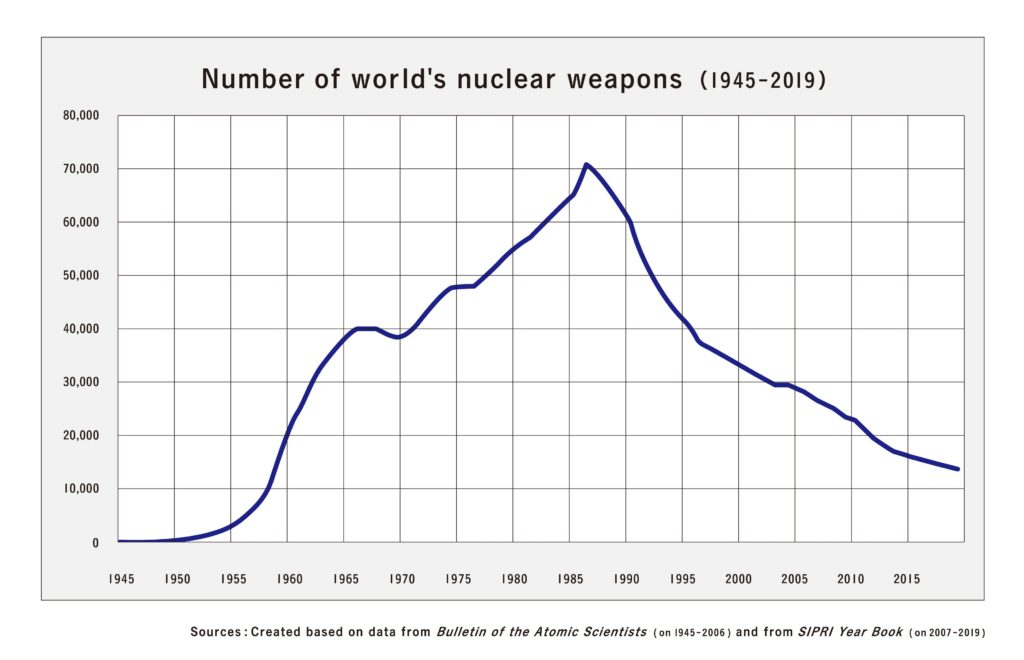
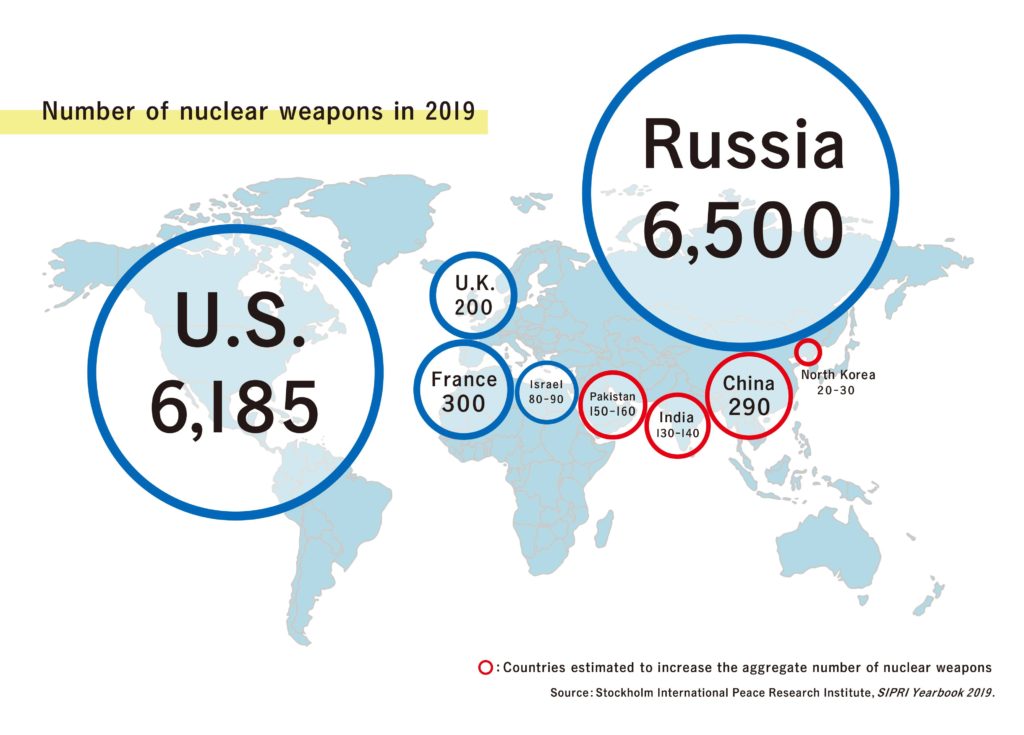
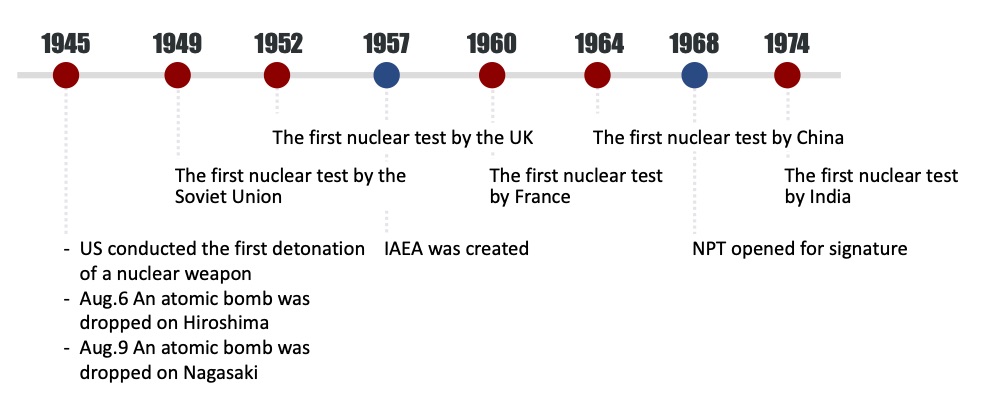

1945: The US conducted the first detonation of a nuclear weapon
August 6, 1945: An atomic bomb was dropped on Hiroshima
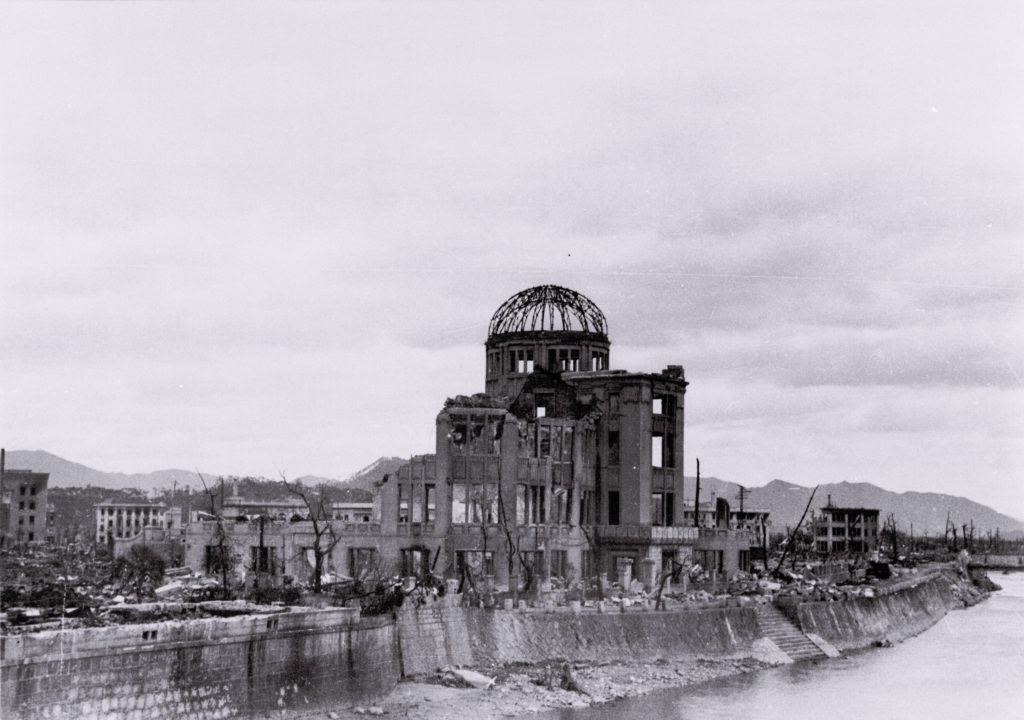
Photo by Toshio Kawamoto/ Courtesy of Yoshio Kawamoto
August 9, 1945: An atomic bomb was dropped on Nagasaki
1949: The Soviet Union conducted the first nuclear test
On August 29, 1949, the Soviet Union conducted the test at the Semipalatinsk test site (Kazakhstan). After its independence from the Soviet Union, Kazakhstan closed the site on August 29, 1991. August 29 is the International Day against Nuclear Test of the United Nations.
1952: The UK conducted the first nuclear test
1957: International Atomic Energy Agency (IAEA) was created
IAEA was established to promote safe, secure and peaceful nuclear technologies and prevent diversion of nuclear energy to any military purpose.
1960: France conducted the first nuclear test
1964: China conducted the first nuclear test
1968: The Nuclear Non-Proliferation Treaty (NPT) opened for signature
During the cold war, the negotiation toward the abolition of nuclear weapons was stagnated. Moreover, the number of countries which sought to acquire nuclear weapons or had potential to produce nuclear weapons increased. Thus, it is believed that the prevention of spreading nuclear weapons leads to abolish nuclear weapons. NPT opened for signature in 1968 and entered into force in 1970. The three pillars of NPT are nuclear non-proliferation, nuclear disarmament and peaceful use of nuclear power. (https://hiroshimaforpeace.com/en/npt/)
1974: India conducted the first nuclear test
1990: South Africa dismantled nuclear weapons
South Africa have built nuclear weapons in 1970s and 1980s and voluntarily dismantled them. South Africa ratified NPT in 1991.
1993: U.S. president Clinton called for Fissile Material Cut-off Treaty (FMCT)
FMCT aims to prohibit the further production of fissile material including high-enriched uranium and plutonium for nuclear weapons in order not to increase the number of nuclear weapons. In the “Decision 2: Principles and objectives for Nuclear Non-Proliferation and Disarmament” adopted at the 1995 NPT Review and Extension Conference, participating countries agreed on “the immediate commencement and early conclusion of negotiations on a nondiscriminatory and universally applicable convention banning the production of fissile material for nuclear weapons or other nuclear explosive devices.” However, substantive negotiations have not yet commenced.
1994: The 1st Strategic Arms Reduction Treaty (START I) was entered into force
START I was a bilateral treaty between the US and the Soviet Union. The treaty established an aggregate limit of 1,600 deployed intercontinental ballistic missiles (ICBMs), submarine-launched ballistic missiles (SLBMs) and heavy bombers for each party within seven years after entry into force. As a result, the number of strategic nuclear warheads decreased to about 60% of cold era.
1996: Comprehensive Nuclear-Test-Ban Treaty (CTBT) was adopted
CTBT prohibits “any nuclear weapon test explosion or any other nuclear explosion” anywhere in the world including the atmosphere, underwater and space. As of December 2019, 168 of the 184 signatories have deposited their instruments of ratification of the CTBT. Among the 44 states listed in Annex2 of the CTBT, whose ratification is a prerequisite for the treaty’s entry into force, five states (China, Egypt, Iran, Israel and the US) have signed but not ratified, and three (India, North Korea and Pakistan) have not even signed. Thus, the treaty has not yet entered into force.
1998: Pakistan conducted the first nuclear test
2006: North Korea conducted the first nuclear test
2011: New Strategic Arms Reduction Treaty (New START) was entered into force
New START is a bilateral agreement between the US and Russia. Under the treaty, both parties must meet the Treaty’s central limits on strategic arms by 2018. The Treaty is set to expire in February 2021 and we pay attention to the future bilateral arms control agreement
2016: The US President Obama visited Hiroshima (He is the first sitting US President to visit Hiroshima)
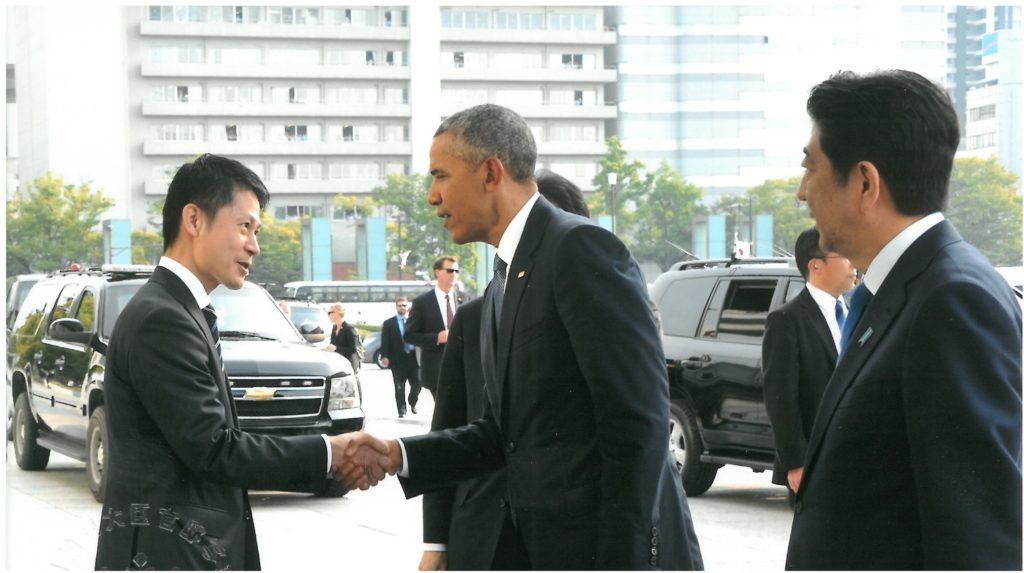
Hiroshima Prefecture has invited political leaders to visit Hiroshima in order to understand the realities of the atomic bombing. On May 27, 2016, the US president Barack Obama visited Hiroshima. (https://hiroshimaforpeace.com/en/obama/)
2017: The Treaty on Prohibition of Nuclear Weapons (TPNW) was adopted

Each state party undertakes never under any circumstances to: (a) develop, test, produce, manufacture, acquire, possess or stockpile nuclear weapons and other nuclear explosive devices (hereinafter nuclear weapons); (b) transfer them; (c) receive them; (d) use or threaten to use them ; (e) assist, encourage or induce anyone to engage in any of the activities prohibited to a state party under the treaty, (f) seek or receive any assistance from anyone to engage in any such activity; and (g) allow any stationing, installation or deployment of any nuclear weapons in its territory or at any place under its jurisdiction or control. As of April 8, 2020, 36 states have ratified the treaty. The treaty enters into force after 50 states have ratified or acceded to it. (https://hiroshimaforpeace.com/en/tpnw2019-11/)
August 2019: The Intermediate-Range Nuclear Forces Treaty (INF Treaty) was expired
The INF treaty was the first agreement in the field of nuclear disarmament to eliminate a certain category of nuclear weapons and led to end the cold war. The expiration of the treaty without alternative measures will threaten the beginning of a new arms race and increasing risk of using nuclear weapons.
November 2019: Pope Francis visited Hiroshima
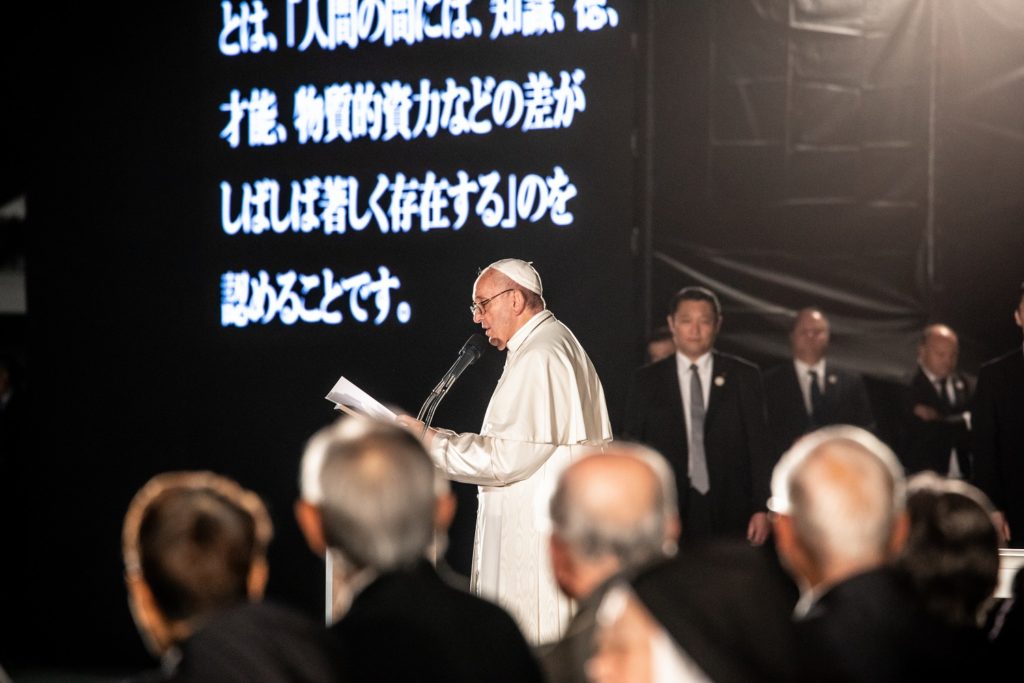
Pope visited Hiroshima for the first time in 38 years. Pope disseminated peace message from Hiroshima to the world. (https://hiroshimaforpeace.com/en/popesvisit/)
August 2020: 75th anniversary of the atomic bombing
Reference: Ministry of Foreign Affairs of Japan (https://www.mofa.go.jp) and Hiroshima Report
Information related to this page
Tags associated with this article




